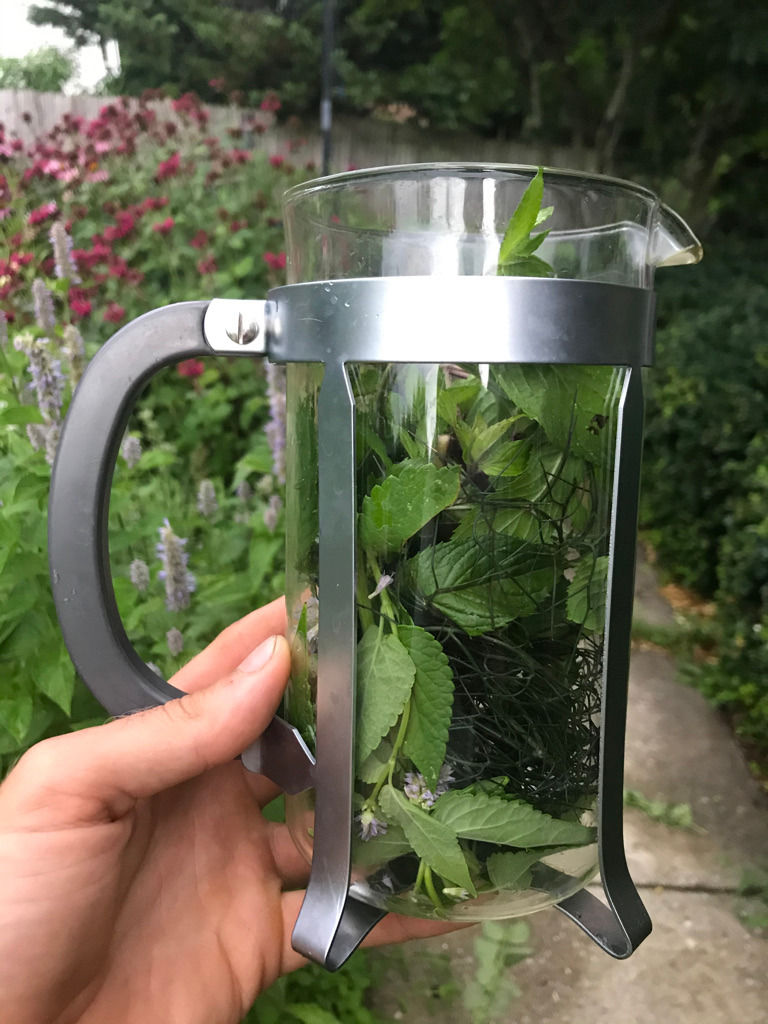Raised Beds Vs In-Ground Beds
- Taylor Logsdon
- Mar 11, 2021
- 2 min read
Raised beds have become quite popular as of late. But, what is a raised bed and is it superior to an in-ground bed?
I come from a market gardening background where a raised bed is any planting bed where the soil has been mounded up from the paths. However, for our purposes I'm speaking of the raised beds that home gardeners are familiar with- usually rectangles made of wood, brick or concrete and filled with an ideal soil for growing your vegetables.
What are the benefits of a raised bed?
Raised beds offer a tidy esthetic and create clear borders in the garden. This may be desirable for families with young children and pets who have a habit of trampling through the garden. The tidy look may also pacify your local HOA. You can fill your raised bed with a soil of your choice or make your own mix. Look for OMRI labeled soils for raised beds. They have been formulated by- I presume, soil and plant scientists to meet all the needs of your common veggies. By using them you can rest assure that your plants will get their needs met.
You may also want to bring in new soil if your soil on site is contaminated with lead. This is more common in cities and comes from the use of lead in gasoline and paint. Fortunately both gasoline and paint are now lead-free but lead has a tendency to hang around. Soil testing labs offer an option to test for lead in home garden tests and it's always a good idea to test for it in a new garden site. If your soil does have dangerous levels of lead, a simple solution is to grow plants above that soil in raised beds where the root zone of the plants won't come in contact with the original soil.
How about in-ground beds?
Most soils in our area are quite capable of growing wonderful vegetables with a little aerating, lime for acidic soils and compost for microbial life and nutrients. One of the things I love most about gardening is watching a less than ideal soil improve in color, texture and aroma each year. Soil science can get pretty complicated but the basics are simple. Healthy soil needs the same things we do: air, water and food in the form of compost and organic matter. One way to feed the soil and protect it from the weather is with organic mulches.
With in-ground beds we dig the soil from the pathways and put it on top of the growing beds. We can create these in any shape and size desired. On sloped ground, positioned along contour, they can also act as passive water harvesting systems! A simple soil test will alert us to any lead present and give us an idea of the nutrient levels in the soil. Traditional ways of testing soil- texture, smell, taste, color, give us ample information as well.
Ultimately, the choice of garden bed type is not a right/wrong decision but a personal one. I prefer growing in the ground where I can interact with the native soil. I know many who prefer the esthetics and control of raised beds. I hope this helps in your decision!





Thanks Taylor 🌿Happy gardening!
Age is a huge promoter of raised garden beds. I am in my 60’s and my kneeling , bending, and squatting days are few and far between. Raised beds are a blessing for me, nothing to do with aesthetics.
I'm going for 16 inches between beds.Its a bear filling them up to the brim with soil from the paths. Little by little no rush
I was just pondering this question for this year's garden. Helpful post!! Thanks Taylor :)
At 87 I'm preparing for a lower bend in the back; so last year after 30 years I'm shifting to raised beds mixing some leaves into the soil take from my old and new paths. I fill the dug out path with straw and laves. Time will tell.